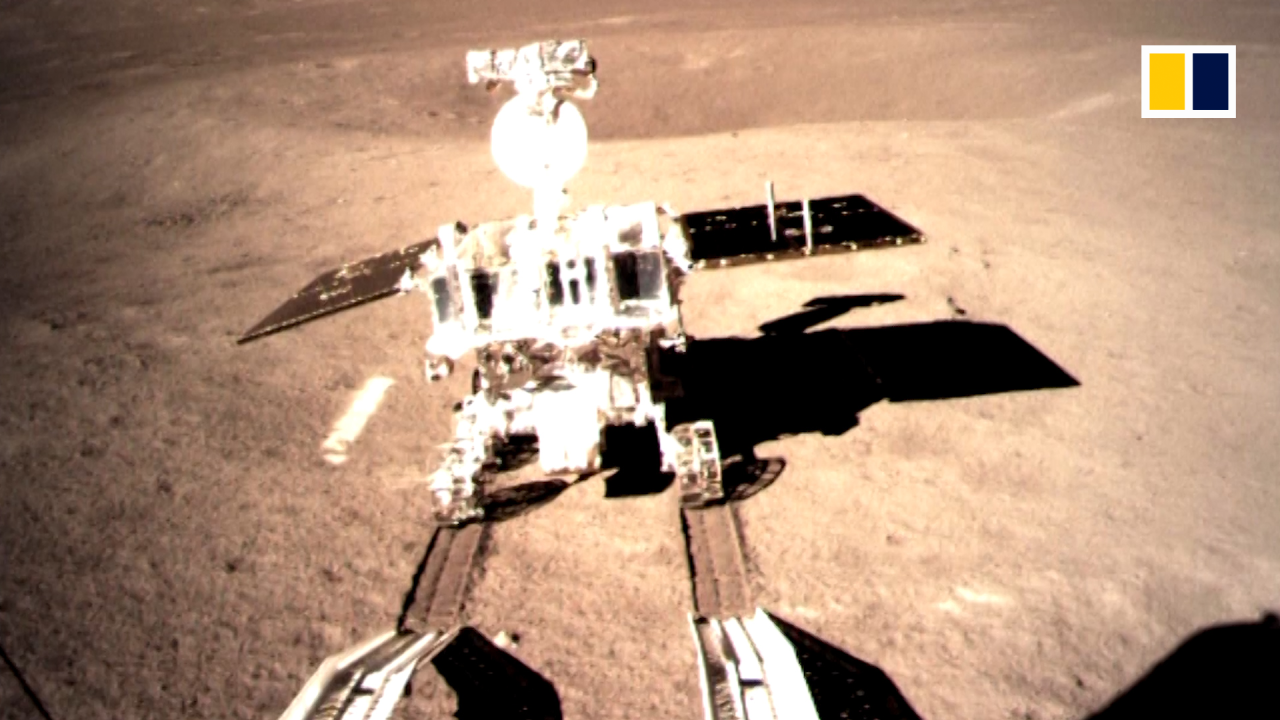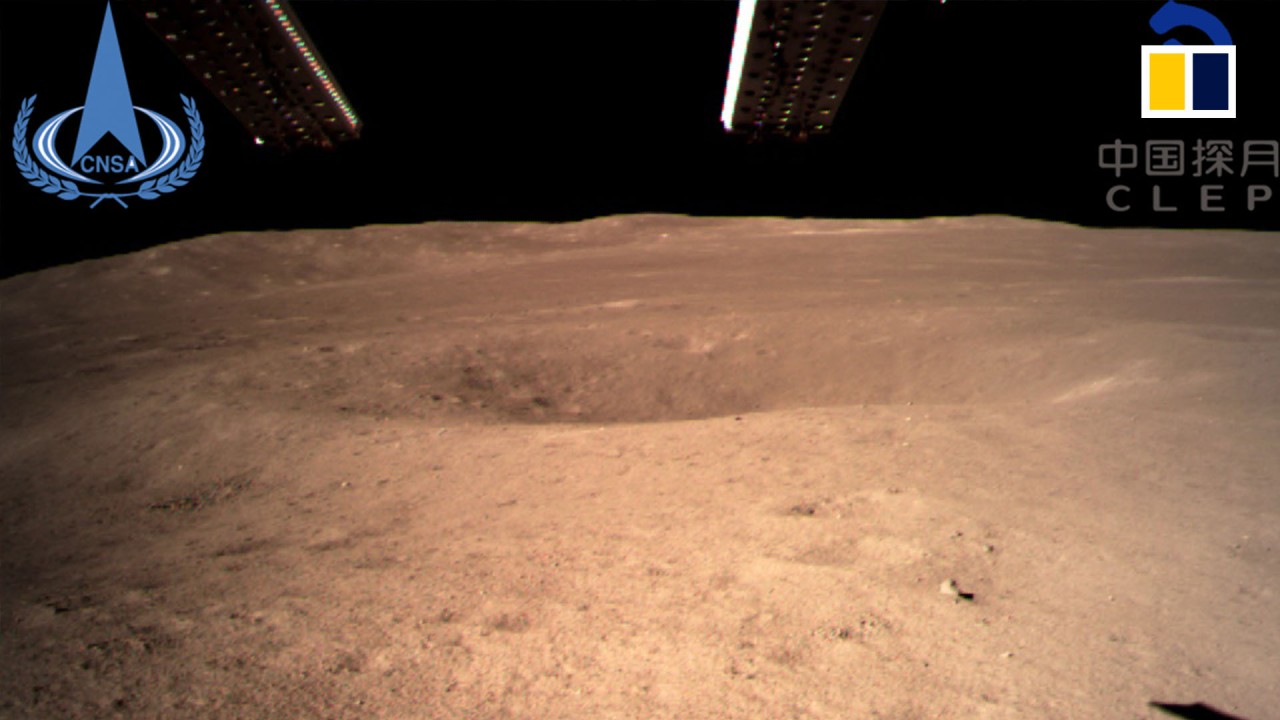
China put a telescope on the far side of the moon. It still cannot escape from radio noise
- An instrument on board the Chang’e 4 lander was intended to scan the universe free from radio interference from Earth but the reality is proving trickier
- Scientists knew radio noise from the lander would be a problem, but now need another solution after their initial precautions did not prove effective
Making observations from the far side of the moon has long been a goal for astronomers because the radio environment there is so much cleaner than the Earth’s.
Some even hope that a radio telescope operating there could pick up ultra-low frequency radio signals from deep space containing secrets of how the first stars and black holes formed in the universe.
Scientists knew these radio emissions would be a problem for the low-frequency radio spectrometer it carried, but the preventive measures they took have not worked as well as they hoped.
The device was designed to observe low-frequency radio emissions – of between 0.1 and 40 megahertz – especially intense radio bursts from the sun that may affect satellite communications here on Earth.
“The intensity of noises from the lander is about two to three orders of magnitude higher than that of the solar signals we wanted to detect,” according to a paper published in the peer-reviewed Chinese journal Astronomical Research & Technology.
China team uses Cold War material to pave the way for a moon highway
The lander’s noises – which are caused by various factors, including electromagnetic leakage from power sources – drowned out even the strongest radio pulses from the sun, said a Beijing-based astronomer who is familiar with the project.
The astronomer said part of the problem was that Chang’e 4 had “inherited” the design of its predecessor, which had not been designed for low-frequency observations.
The spectrometer had been equipped with three 5-metre antennae to pick up signals from the sun and the lander, as well as a 20cm one designed solely to detect interference from the lander.
But these noise reduction measures have not been enough, prompting scientists to look for other ways to counter the problem.
In the paper, scientists from the National Astronomical Observatories of China and Tsinghua University wrote that there may be a complex mathematical solution to the problem.
The identified an algorithm called CLEAN – developed by the Swedish astronomer Jan Högbom in the 1970s and widely used in radio astronomy – as a possible tool that could help drown out louder noises.
If their solution works, they estimate that it could improve the instrument’s sensitivity by up to eight orders of magnitude.
Scientists grow seeds in moon soil, in one giant leap for Earth plants
However, it may not be an easy problem to solve. The other low-frequency instrument carried by Chang’e-4 has also suffered from technical problems.
The instrument, jointly developed by Dutch and Chinese scientists, on board Queqiao, Chang’e-4’s relay satellite, is designed to detect radio waves with frequencies under 30 megahertz to investigate the early universe.
Although noises from the satellite platform are less of a problem for this instrument, a member of the Chang’e 4 team said it has still created problems with data transmission and in-orbit debugging.
Could a small device give oxygen to China’s moon base ambitions?
Despite these problems, the lure of the far side of the moon remains strong for scientists around the world.
Nasa scientists are looking a proposal to build a 1km diameter radio telescope in a crater there, and the US is also carrying out a feasibility study on two plans to build a network of telescopes using material extracted from the lunar surface.



